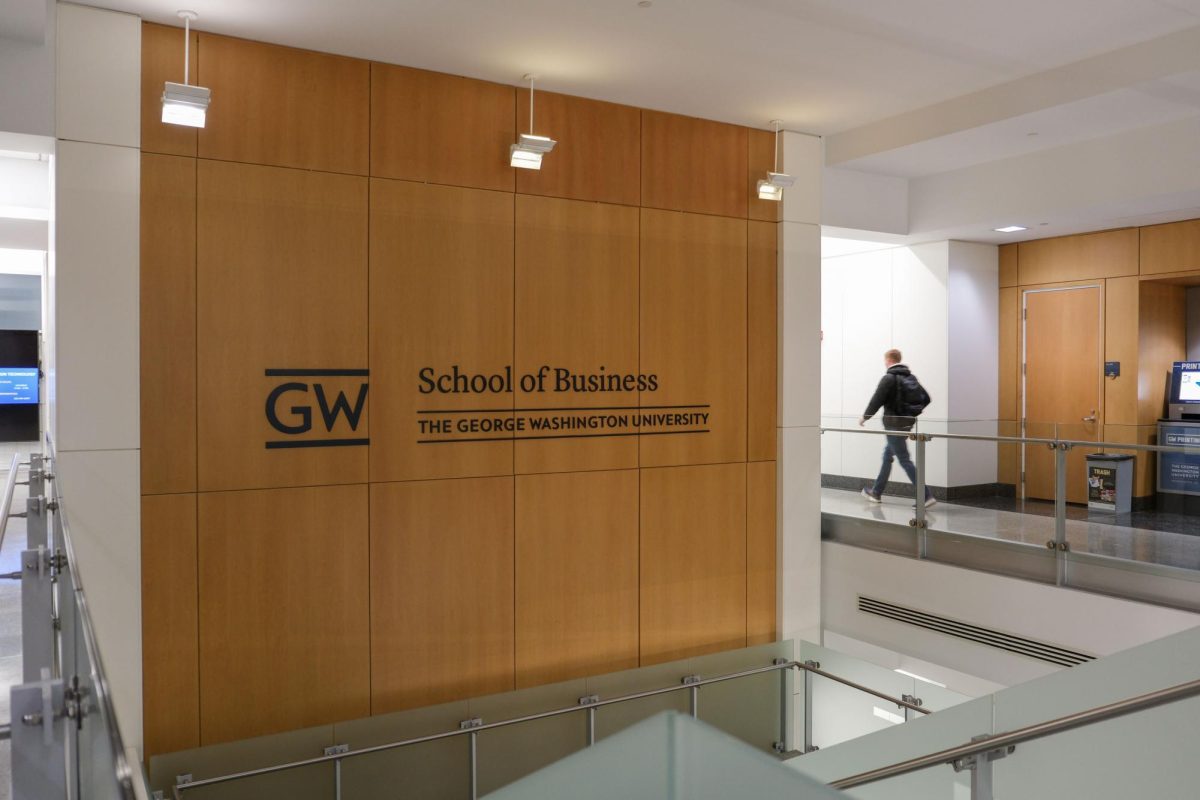Stephen Joel Trachtenberg has a reputation for advancing a university by constructing buildings, improving academics and, in the process, agitating some members of the academic and residential community.
And that is from his time as president of the University of Hartford.
Before assuming GW’s top post in 1988, Trachtenberg served 11 years as president at the West Hartford, Conn., school beginning in 1977. During his tenure, Trachtenberg transformed the campus physically and academically by constructing several buildings and restructuring the curriculum, a similarity to his resume from 18 years at GW.
Like in D.C., Trachtenberg is not beloved by all in Connecticut. At the University of Hartford, some credit him with raising the university debt and spending too much money in construction and not enough in academics.
“If you wanted to anticipate what he would do at GW, you could have studied what he did at Hartford,” said Charles Condon, university secretary and general counsel at Hartford, who was at the school before, during and after the Trachtenberg years. “He did all the same things, except on a smaller scale.”
Trachtenberg, who announced in April he would not renew his contract as University President when it expires in July 2007, is recognized by many at Hartford for increasing academic rigor for students and faculty, and creating general curriculum requirements that all students take to graduate from the liberal arts university.
“He had a lot of energy and a lot of vision and he was very creative,” said Ethel Bacon, university archivist at Hartford. “He captured your interest.”
“He’s no namby-pamby,” she added.
“It just kind of happened,” Trachtenberg said of the new curriculum requirements. “It energized the faculty to rethink courses they’d been teaching for 10 or 15 years.”
One of Trachtenberg’s most recognizable accomplishments throughout his 18 years at GW is the building of new academic, residential and University buildings. Trachtenberg’s construction is also what has brought him criticism from community members in D.C.
Similarly, at the University of Hartford during Trachtenberg’s tenure, the university saw the building of a school center that included an extended library with more academic space and a handful of new residential dorms.
In a university history written by president emeritus of Hartford Humphrey Tompkin, Trachtenberg’s tenure is characterized as a time of growth for the school, but also as a time when Trachtenberg “ate up much of the money” he had built up for the endowment and “pushed the university’s borrowing to the limit.”
“While the facilities helped the institution weather the storms of recession in the 1990s, the resulting lack of financial flexibility severely limited its ability to react to environmental changes,” wrote Tompkin, who succeeded Trachtenberg as president of University of Hartford from 1988 to 1997.
Described as “breezy, iconoclastic, but totally committed to the institution” by Condon, Trachtenberg alienated some in the academic community.
“Some people thought that was a very spendthrift thing to do,” said Ethel Bacon, university archivist at Hartford, about the university center. “They didn’t approve of him spending all that money on buildings instead of academics.”
In D.C. Trachtenberg has been the center of town-gown turmoil over GW’s sprawling presence in the historic Foggy Bottom district.
Foggy Bottom Association President Joy Howell said earlier this month after Trachtenberg’s announcement of retirement that he will be remembered by the community for his “insensitivity to his neighbors, a complete disregard for the Campus Plan and for not living up to his word.”
“Not everyone is going to be an admirer of your agenda, because they have their own agenda,” Trachtenberg said. “University presidents don’t get paid to keep everybody happy all of the time; they get paid to advance the institution.”
“When you stretch and you push, you may have people who don’t agree with you,” Condon said of Trachtenberg’s time in West Hartford. “With almost 20 years of hindsight, I would say that his administration marked a steep upward gradient in the maturity and quality of the university.”
“It was a successful and exciting time,” he said. “Most of us who were here look back at those as the good old days.”






